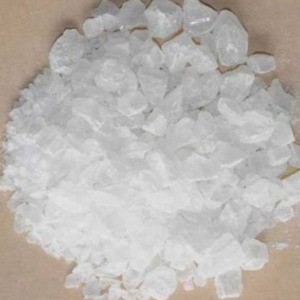a-PCYP
a-PCYP (alpha-Pyrrolidinohexiophenone) is a specialized pyrrolidinophenone derivative widely used in industrial chemical synthesis, advanced research, and the development of specialty reagents. The a-PCYP category at https://realchemstore.org/ features high-purity, industrial-grade a-PCYP and related analogs, available exclusively in bulk quantities for manufacturers, chemical engineers, and research organizations. These compounds are essential for pharmaceutical R&D, analytical chemistry, and innovative material science, providing reliable and consistent results for professional applications.
Key Types of Chemicals in the a-PCYP Category
- a-PCYP (alpha-Pyrrolidinohexiophenone)
- Pyrrolidinophenone analogs (e.g., a-PVP, a-PHP, a-PiHP, a-D2PV)
- Custom derivatives for industrial and research use
Major Applications
- Pharmaceutical Research: Used as an intermediate in drug discovery, neurochemical studies, and receptor binding assays.
- Chemical Synthesis: Serves as a building block for specialty chemicals, advanced reagents, and innovative materials.
- Analytical Laboratories: Utilized as a reference standard, for calibration, and method development.
Industrial Uses and Examples
- a-PCYP: Applied in organic synthesis, pharmaceutical R&D, and as a specialty reagent in analytical chemistry.
- Pyrrolidinophenone Analogs: Used for custom synthesis, research compound development, and advanced material creation.
Packaging Options
All a-PCYP products from https://realchemstore.org/ are supplied in secure, industrial-grade packaging such as HDPE drums, vacuum-sealed bags, or amber glass bottles, ensuring product integrity and safety during bulk shipment.
Handling Advice
- Store in a cool, dry place away from light and moisture.
- Use appropriate PPE (gloves, goggles, lab coats) when handling.
- Follow all regulatory and safety guidelines for storage, transport, and disposal.
- Consult the SDS for detailed handling and emergency instructions.
Why Source from https://realchemstore.org/
https://realchemstore.org/ is a reliable supplier of a-PCYP and related research chemicals, offering batch traceability, compliance documentation, secure packaging, and dependable global delivery for industrial and research clients.
Showing the single result

